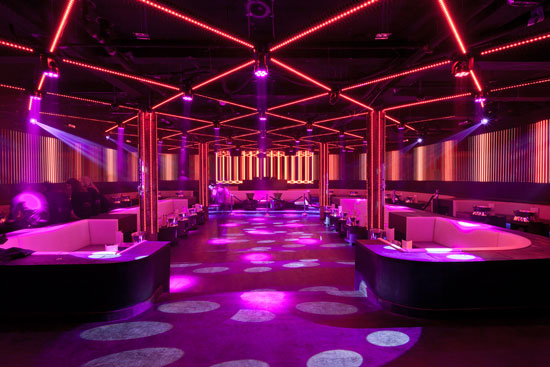Investigating the Diverse Materials That Transform Performance Floors into Breathtaking Visual Displays
Investigating the Diverse Materials That Transform Performance Floors into Breathtaking Visual Displays
Blog Article
Dance floors have developed considerably over the decades, transforming increasingly than just a place to move to melodies. Today, they are converted into breathtaking visual encounters through the use of multiple materials and technologies. These substances not only improve the visual attractiveness of the space but also improve the overall encounter for performers and spectators alike. Comprehending the versatile materials that add to these vibrant environments can provide understanding into the art of dance floor creation.
One of the primary common materials used in contemporary dance floors is LED lighting. LED lights are energy-efficient and can generate a broad variety of hues and effects. They can be integrated in the floor directly or used as part of a lighting system above the dance floor. This innovation allows for coordinated light shows that can alter in reaction to the melodies, creating an immersive experience. The capability to program these lights means that they can be customized to fit different concepts or atmospheres, making each occasion distinct.
Another crucial substance is reflective surfaces, such as reflectors or polished tiles. These materials can create an deception of space and depth, making the dance floor seem larger than it is. When dancers dance, their reflections can add an additional layer of aesthetic interest, enhancing the complete performance. Additionally, mirror-like surfaces can interact with illumination impacts, amplifying the hues and patterns displayed on the floor. This fusion of illumination and reflection can enthrall audiences and boost the energy of the event.
In furthermore to lighting and reflective substances, the use of digital screens has grown increasingly popular in dance floor design. These screens can show lively visuals, graphics, or even real-time feeds of the performance. By incorporating electronic innovation, event planners can create a comprehensive experience that involves both the performers and the spectators. The ability to alter images in real-time allows for a dynamic environment that can adapt to the rhythm and energy of the melodies, making each instance feel new and exciting.
Additionally, the choice of flooring material itself plays a key role in the overall encounter. Traditional wooden dance floors are still preferred for their durability and functional qualities. However, newer substances like vinyl and rubber are becoming favor due to their versatility and simplicity of maintenance. These substances can go provide better shock absorption, minimizing the chance of harm for performers. Additionally, they can be designed with various patterns and hues, allowing for creative expression in the dance floor's look.
In conclusion, the transformation of dance floors into stunning aesthetic experiences relies on a combination of creative substances and technologies. Light-emitting diode lighting, reflective materials, electronic screens, and customized flooring materials all contribute to creating an captivating setting for dancers and audiences. As innovation continues to progress, the opportunities for improving dance floor design will only grow, making future events even more captivating and memorable. Understanding these materials helps value the artistry involved in creating spaces where dance and melodies come together harmoniously in harmony.